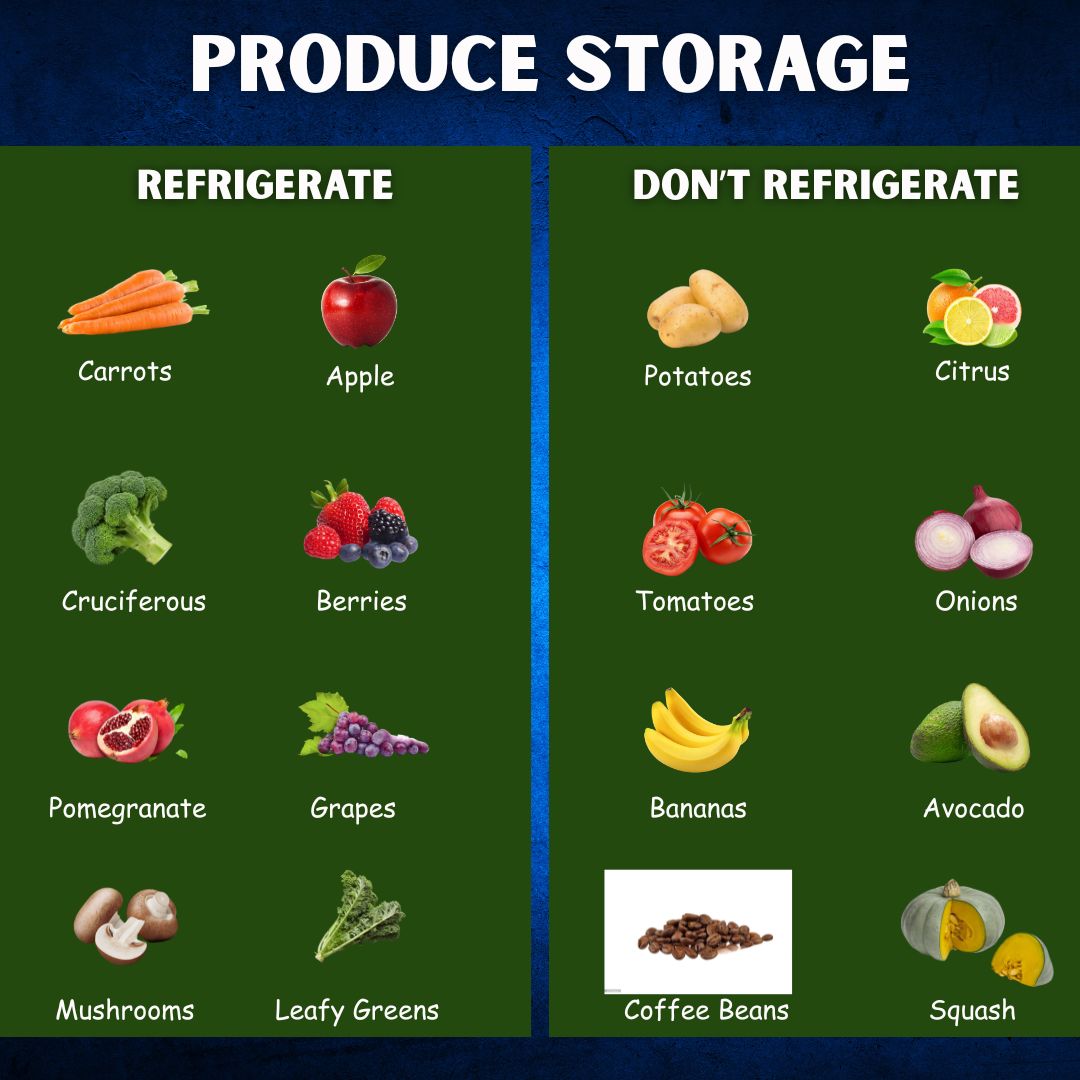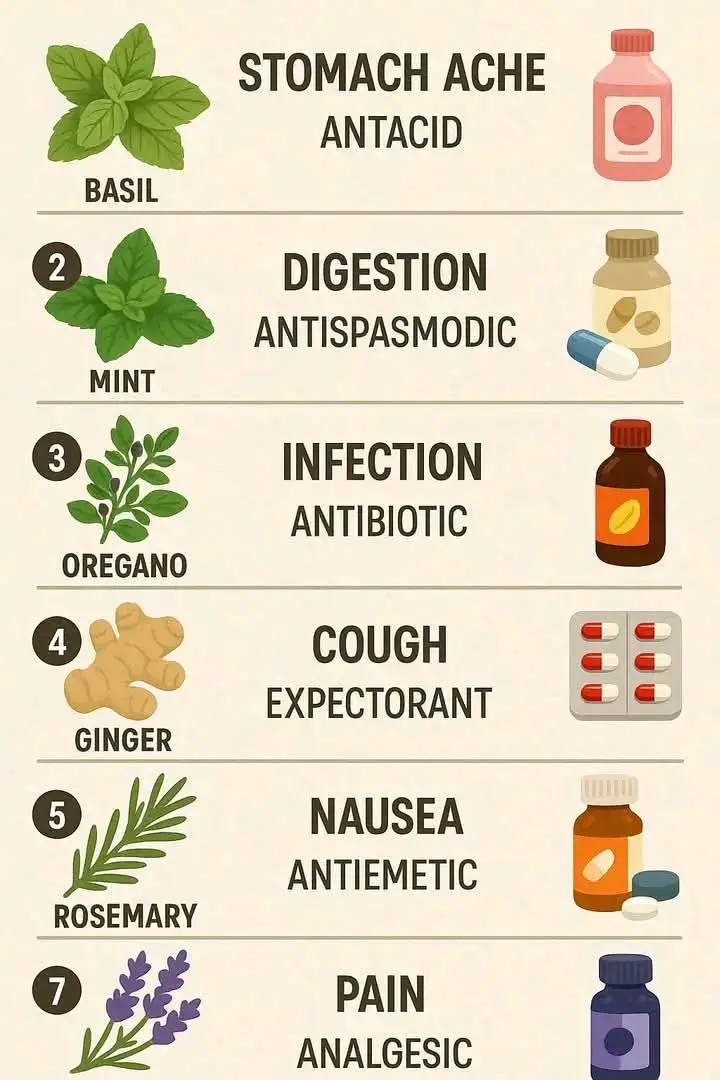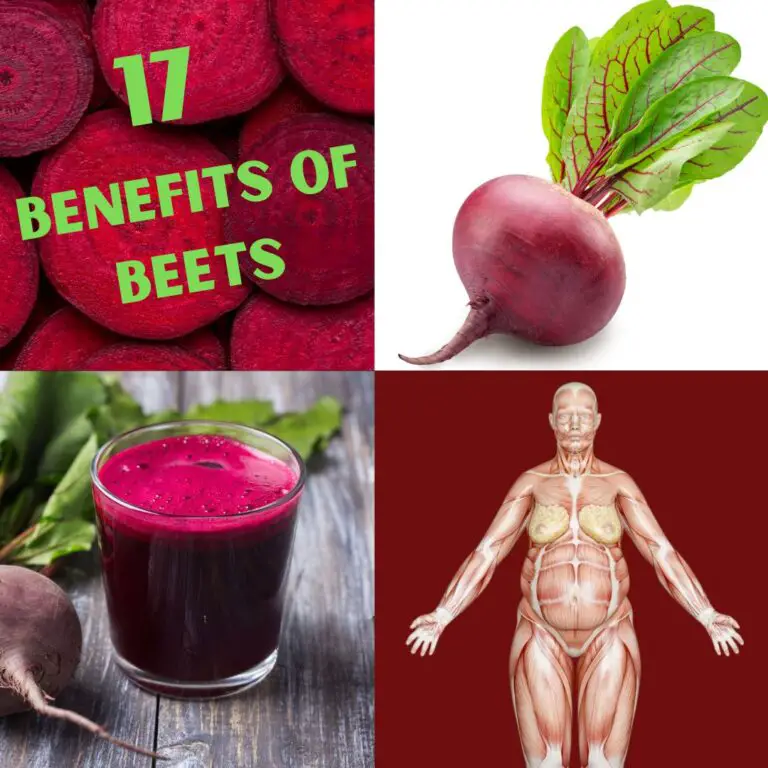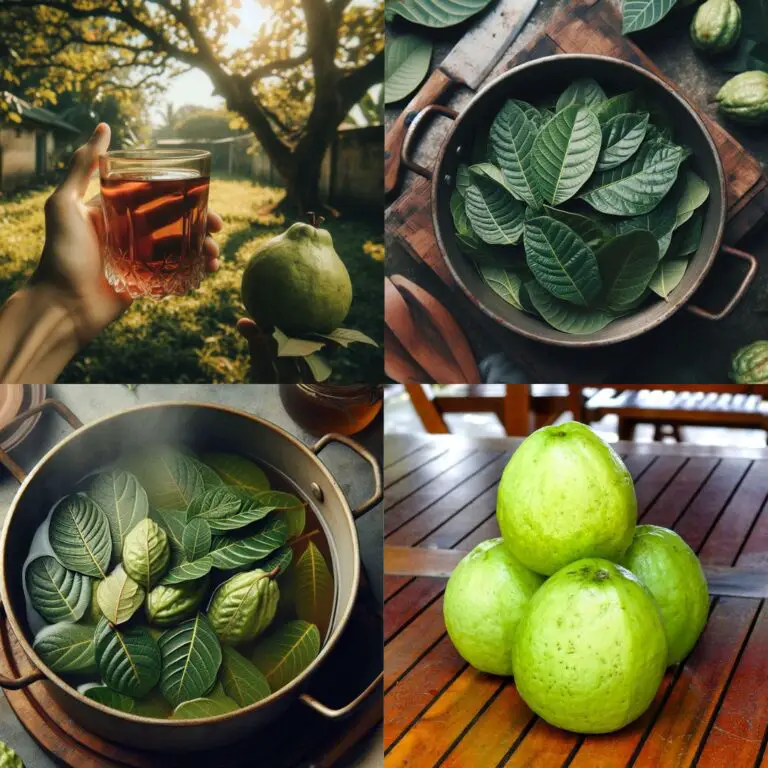Smart Produce Storage: What to Refrigerate vs. What to Keep Out
Introduction
Imagine opening your fridge only to find limp lettuce, mushy tomatoes, or stale berries that went bad way too soon. We all know the frustration of wasted food—both in terms of money and nutrition. The truth is, proper produce storage is a simple but game-changing habit that keeps your fruits and vegetables fresher longer, locks in their natural flavor and nutrients, and drastically cuts down on waste. Yet, many of us are still confused about what belongs in the fridge and what should stay on the counter.
This article is here to clear the confusion. You’ll learn exactly which produce items thrive in the cold and which ones suffer from refrigeration, along with practical tips to maximize freshness, extend shelf life, and savor every bite. Whether you’re a busy home cook, a health-conscious eater, or someone trying to be more sustainable, mastering smart produce storage can elevate your kitchen game and save you money.
We’ll dive into easy-to-follow categories, share storage hacks, and even bust some common myths. Plus, by the end, you’ll feel confident managing your fruits and veggies like a pro, keeping them crisp, juicy, and delicious.
Why You’ll Love This Guide
What makes this guide unique is its balance of science-backed advice and practical, everyday tips you can implement immediately. No more guessing games or throwing out spoiled produce prematurely! You’ll learn:
- How to extend the life of crisp carrots and delicate berries by refrigerating correctly
- Which common staples like potatoes and tomatoes should never go cold to avoid flavor loss
- The importance of ripening fruits like bananas and avocados before chilling
- Tricks like using paper bags for mushrooms or breathable produce bags to reduce mold
- How to separate ethylene gas producers (think apples and bananas) from sensitive items to keep everything fresher longer
Plus, this guide will empower you to make smarter shopping and storage decisions that reduce food waste and improve your cooking experience. Imagine pulling out perfectly fresh veggies for your recipes every time, enhancing flavor and texture effortlessly.
Ingredients for This Storage ‘Recipe’
While this isn’t a food recipe, think of the “ingredients” here as the common fruits and vegetables that you’re probably buying weekly:
- Carrots
- Apples
- Cruciferous veggies: broccoli, cauliflower
- Berries (strawberries, blueberries, raspberries)
- Pomegranates
- Grapes
- Mushrooms
- Leafy greens (lettuce, kale, spinach)
- Potatoes
- Citrus fruits (oranges, lemons, limes)
- Tomatoes
- Onions
- Bananas
- Avocados
- Coffee beans
- Squash
Knowing how to treat each of these is the key to reducing spoilage and maximizing freshness.
Necessary Tools for Smart Produce Storage
You don’t need a fancy fridge or tons of gadgets, but these simple tools make a big difference:
- Breathable produce bags (mesh or perforated plastic) to reduce moisture buildup
- Paper bags for delicate items like mushrooms
- Containers or crisper drawers in your refrigerator with adjustable humidity
- A cool, dark pantry or cellar area for items that don’t like the cold
- Kitchen towels or paper towels to wrap leafy greens or root vegetables
- An airtight coffee canister or jar for coffee beans
These tools help create the ideal environment for each type of produce and prevent premature spoilage.
Ingredient Swaps and Additions: Customizing Your Storage Strategy
Every kitchen and climate is different. Here are some ways to tweak storage for your specific needs:
- If you don’t have a cool pantry, store potatoes in a paper bag on a shaded kitchen counter away from direct sunlight.
- Use glass containers instead of plastic to store leafy greens to reduce condensation and mold.
- If you find berries molding too fast, try rinsing them with a diluted vinegar solution and drying thoroughly before refrigerating (check out this University of California guide on berry storage).
- For tropical climates, avoid chilling bananas and avocados until fully ripe to prevent chilling injuries.
- Use ethylene-absorbing packets or open a window near produce storage for air circulation in humid environments.
Step-by-Step Instructions: How to Store Produce Properly
1. Refrigerate These to Extend Shelf Life
- Carrots: Store in the crisper drawer in a perforated bag to maintain crispness.
- Apples: Once ripened, refrigerate to slow down further ripening.
- Cruciferous vegetables: Keep broccoli and cauliflower wrapped loosely in a paper towel inside the fridge to retain crunch.
- Berries: Store in a breathable container or the original packaging, lined with paper towels to absorb moisture.
- Pomegranates: Keep whole in the fridge; after opening, seal in an airtight container.
- Grapes: Keep in the fridge in a ventilated bag to stay juicy.
- Mushrooms: Place in a paper bag to absorb moisture and avoid sogginess.
- Leafy greens: Wrap in paper towels and store in breathable bags inside the crisper drawer.
2. Don’t Refrigerate These — Keep Them in Cool, Dry Places
- Potatoes: Store in a dark, cool pantry or cellar; avoid plastic bags.
- Citrus fruits: Keep on the counter to maintain juiciness.
- Tomatoes: Refrigeration damages their texture and flavor; store at room temp away from sunlight.
- Onions: Keep dry and ventilated; avoid storing with potatoes as they release moisture.
- Bananas: Store on the counter until fully ripe, then refrigerate to slow browning if needed.
- Avocados: Ripen on the counter; refrigerate only once ripe.
- Coffee beans: Store in airtight containers at room temperature to preserve aroma.
- Squash: Store in a cool, dry place, away from humidity.
Pro Tips for Success
- Don’t wash produce before storing; moisture promotes mold and spoilage—wash only right before use.
- Use breathable bags or containers to prevent condensation inside the fridge.
- Separate ethylene-producing fruits (apples, bananas, pears) from sensitive veggies to avoid accelerated spoilage.
- If your fridge lacks humidity control, try wrapping leafy greens in damp paper towels inside bags.
- Check stored produce regularly and remove any spoiled items immediately to protect the rest.
Serving Suggestions: Making the Most of Your Fresh Produce
Proper storage keeps your produce ready to shine in all kinds of dishes:
- Fresh carrots and broccoli can be eaten raw in salads or lightly steamed for maximum nutrients.
- Crisp berries make perfect toppings for breakfast bowls, smoothies, or desserts.
- Juicy grapes and apples are ideal snacks or additions to cheese platters.
- Ripe avocados and tomatoes elevate sandwiches, salads, and guacamole.
- Properly stored onions and garlic add flavor to countless recipes.
Try experimenting with new recipes like our Fresh Garden Salad with Homemade Vinaigrette that take full advantage of your well-stored veggies.
Storing and Reheating Leftovers
- Leftover cooked vegetables should be cooled quickly, stored in airtight containers, and refrigerated within two hours.
- Reheat veggies gently (steaming or microwaving) to retain nutrients and texture.
- Avoid refreezing thawed fruits or veggies to maintain quality.
Nutritional Information
Fresh, properly stored produce retains:
- Higher levels of vitamins such as vitamin C, A, and K
- Essential minerals including potassium and magnesium
- Important fiber content for digestion
- Beneficial antioxidants that protect against cell damage
Poor storage leads to nutrient degradation and reduces health benefits. Proper techniques ensure you get the maximum nutrition from every bite.
FAQs
1. Why do some fruits and vegetables spoil faster in the fridge?
Some produce like tomatoes and bananas are sensitive to cold and develop off-flavors or textures. Cold slows ripening but can cause chilling injury.
2. Can I store all my vegetables together in the fridge?
No, ethylene-producing fruits like apples should be separated from sensitive veggies to prevent premature spoilage.
3. How long can I keep leafy greens fresh?
Properly wrapped and refrigerated, leafy greens can last up to a week, but moisture control is key.
4. Does washing produce before storage help?
It actually speeds up spoilage; wash produce only before using it.
5. How can I tell if a potato has gone bad?
Soft spots, sprouting, or a green tint indicate it should be discarded.
Conclusion
Mastering the art of smart produce storage is one of the easiest ways to enjoy fresher, tastier fruits and vegetables while saving money and reducing waste. Knowing what to refrigerate versus what to keep out, along with simple tricks like using breathable bags and separating ethylene producers, helps your produce stay crisp, juicy, and nutrient-rich longer. Start applying these tips today to transform your kitchen habits and your meals.
For more tips on making the most of your kitchen staples, check out our posts on Seasonal Vegetable Cooking Ideas.







